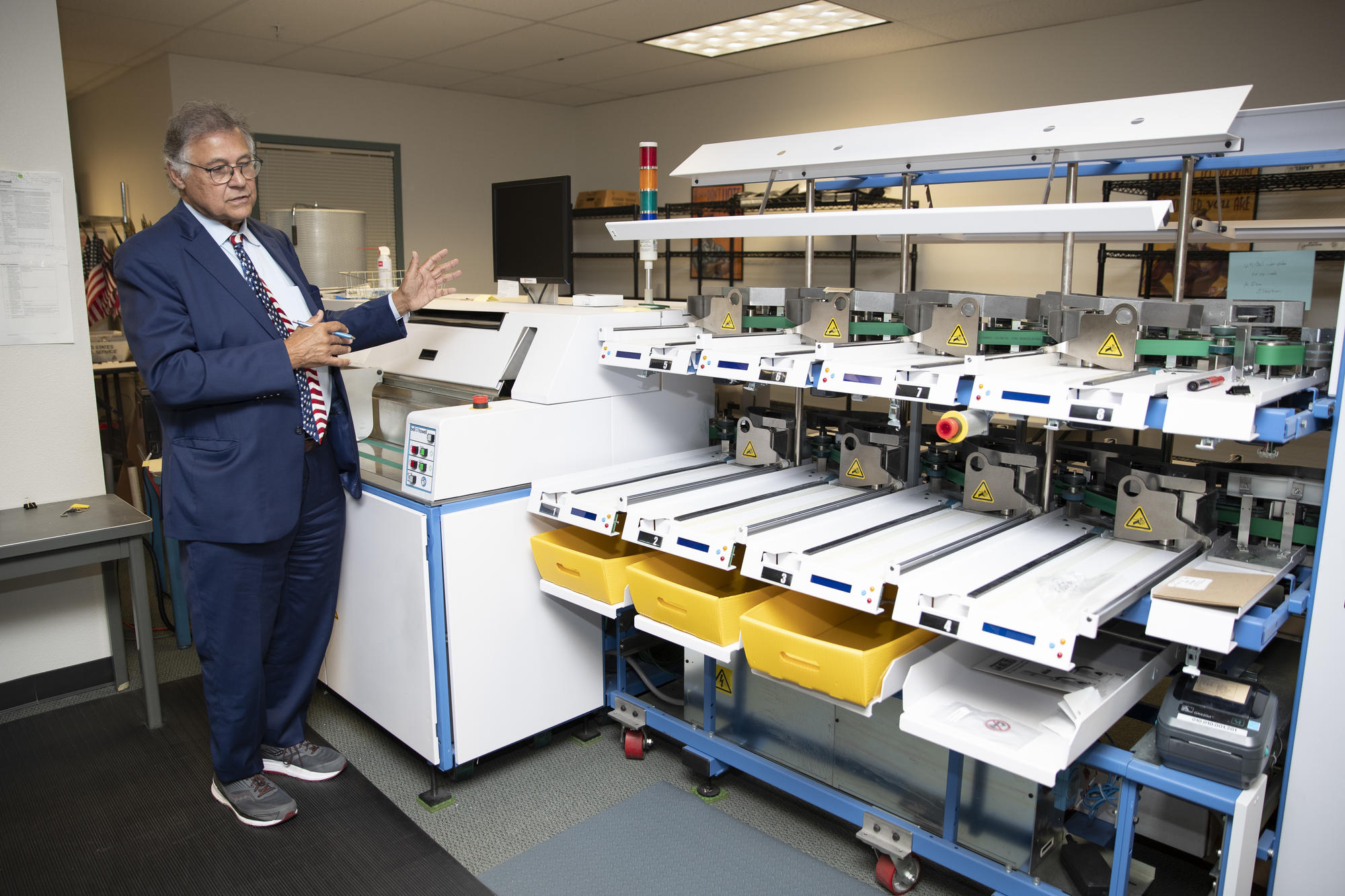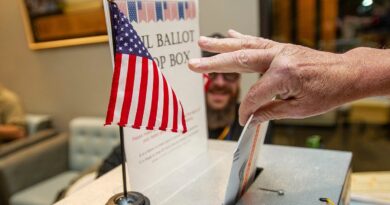PNW voter education efforts aim to combat election fraud claims

Lingering echoes of 2020 disruption
In Oregon and Washington, the pandemic caused comparatively less disruption to normal elections processes than in other states, because both had already used vote-by-mail systems. Oregon implemented full vote-by-mail in 1998, and Washington made the switch in 2011.
Still, the states were not exempt from skepticism among residents about the 2020 general election — first about the outcome of the presidential election and later the security of the whole system.
Many people’s questions have centered on whether the states conduct audits of their elections processes and on the security of the machines that tally the paper ballots.
Like Burgess, Holmes has also heard concerns that Washington’s machines could be hacked. He informs people that the computers that tally the votes are air-gapped, meaning they have never been connected to the internet and they have no wireless capabilities.
Elections officials in Oregon and Washington both described well-established systems of pre- and post-election audits to check the accuracy of the vote.
Before vote tabulation machines are approved for use in a county, they have to go through state and federal testing to ensure they are accurate and secure.
And before Election Day in both states, each county has to test those vote tabulation machines to ensure they are still running smoothly and counting accurately.
Afterward, counties are required by law to hand-count a random sample of votes and compare them to the machine tallies.
“We have a really foolproof system,” said Ben Morris, communications director for the Oregon Secretary of State’s Office. “I don’t think people knew about that. Initially, after 2020, the election deniers were calling on us to perform post-election audits because they didn’t know we already did.”
Audits and data on voter fraud complaints and convictions show how infrequently issues arise.
The audit of the 2020 general election in King County, Washington, for example, showed small discrepancies, but confirmed the recount didn’t alter the outcome of any elections.
“The main differences are an increase of ‘undervotes’ which would happen if the voter selected a candidate, then later took corrective action and made no selection instead,” Holmes said.
In special and statewide elections from 2000 through 2019 in Oregon, the state Department of Justice obtained convictions in 38 cases of voter fraud, according to data from the state. Of the 60.9 million ballots cast in those elections, those convictions amount to a rate of convicted fraud of .00006%, or six hundred-thousandths of a percent.
Pandemic-related adjustments looked a little different in neighboring Idaho, where the vast majority of voting takes place in person.
When COVID forced the state to adjust, switching to universal absentee voting in the 2020 primary, officials encountered a “little bit of angst” from voters who were unfamiliar with the process, said Jason Hancock, deputy secretary of state and elections chief for Idaho.
“Our phones were ringing off the hook there for about a month,” he said.
Still, the state didn’t face widespread pushback about 2020 elections results until election deniers began pushing out information seeming to provide evidence that Joe Biden’s victory in the presidential race was illegitimate. In early 2021, Mike Lindell, the CEO of MyPillow and a prominent proponent of the Big Lie, circulated unverified numbers of votes that were allegedly electronically switched, broken down to the county level.
At that time, the Idaho Secretary of State’s Office had no legal requirement or designated authority to conduct mandatory post-election audits, Hancock said. And some of the claims were clearly outlandish: Chief Deputy Secretary of State Chad Houck noted Lindell’s numbers alleged electronic manipulation in all of Idaho’s 44 counties, even though at least seven, he said, didn’t use any electronics in their vote counting processes.
But Lindell’s unsubstantiated numbers prompted enough protest from Idaho residents to push the Secretary of State’s Office to conduct its first informal audit.
State elections workers, including Hancock, traveled to two of Idaho’s smallest counties to conduct hand-counts of their ballots from the 2020 general election. Another larger county requested to be part of the audit. Ballots from eight precincts were also hand-counted and compared to the 2020 machine counts.
“Not surprisingly to us, we found the results we got in the hand recount were extremely close to the results that were reported on election night, and did not reflect the vote switching that was alleged to have happened,” Hancock said.


